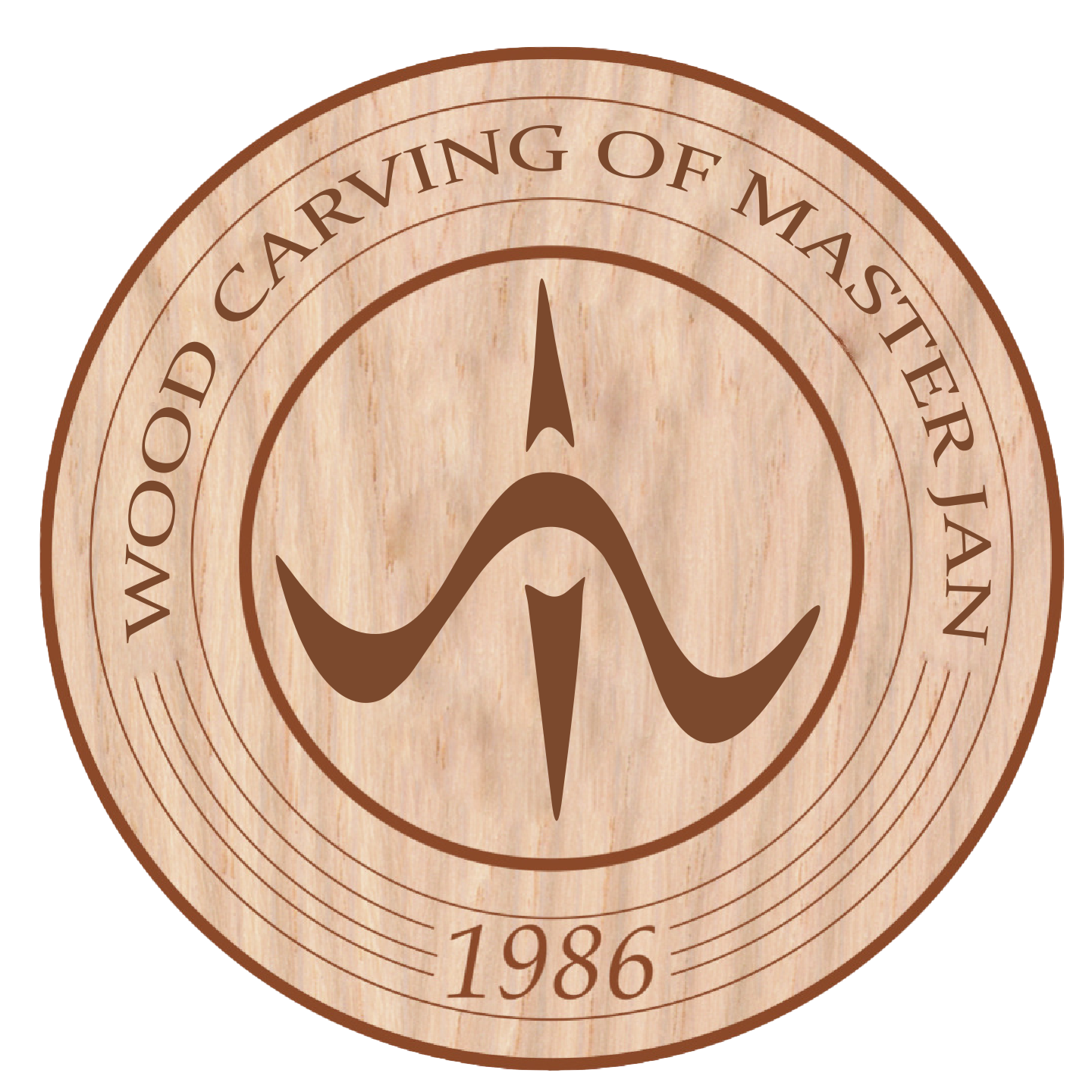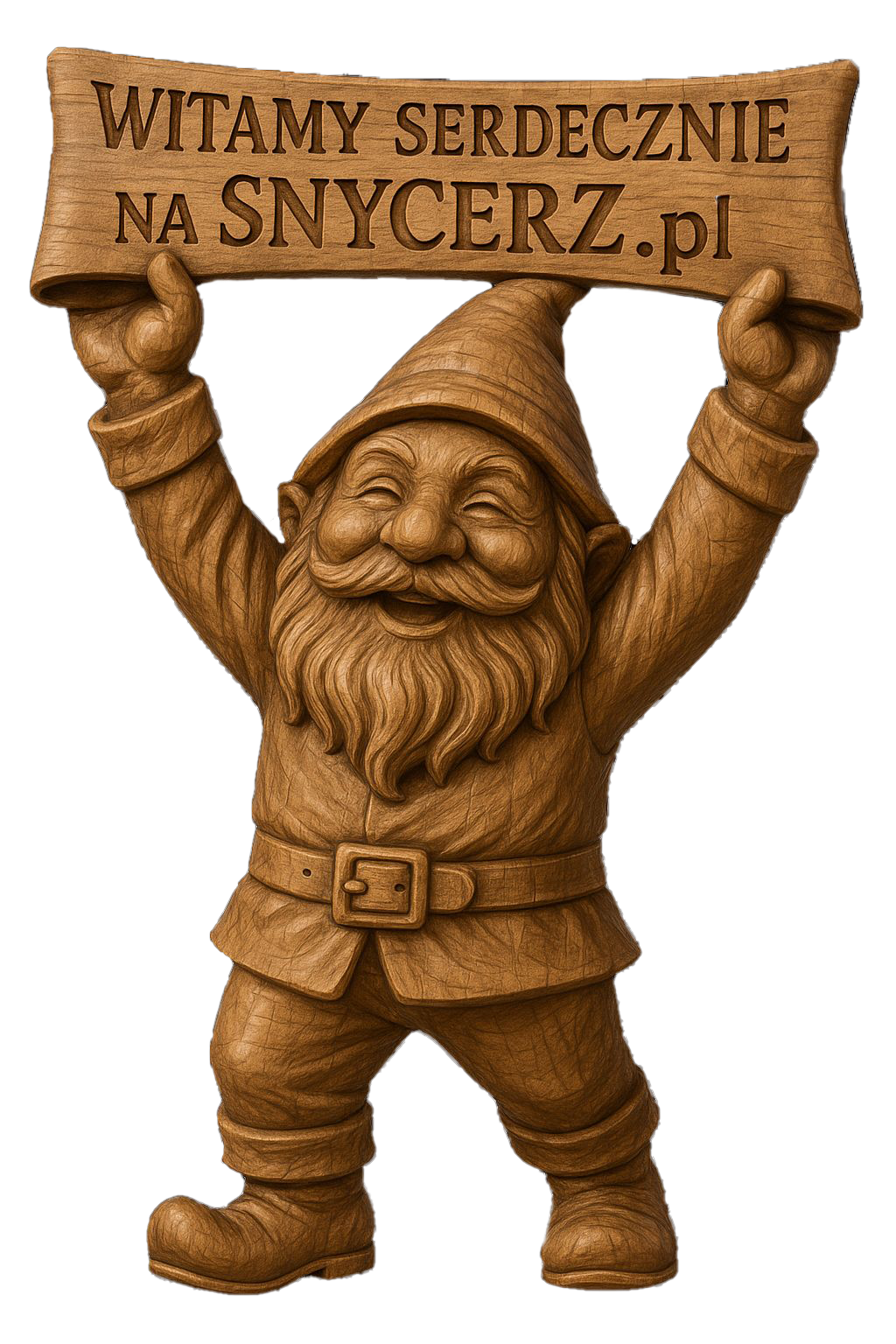How was the Woodcarver's Dictionary created?
Woodcarving is an art that requires not only talent and precision, but also an in-depth knowledge of the terminology used by master craftsmen. Beginning woodcarvers often encounter difficulties in understanding specialized terms that are crucial for both learning and practice. That is why the following has been created Słownik Snycerza – narzędzie, które ma na celu ułatwienie poznawania fachowego języka tej dziedziny.
Purpose of the dictionary
When creating the dictionary, we wanted to make it easy for any woodcarving student to find the definitions of the most important terms. The dictionary covers both classic terms that have been used for centuries, as well as modern technologies that are increasingly used in this art. Thanks to it, anyone who wants to develop their skills can better understand the secrets of woodcarving and use specialized vocabulary freely.
Main sections of the dictionary
To make navigation easier, the dictionary is divided into several key categories:
1. basic woodcarving concepts
Sculptural applications
Ajur
Kapitel
Kartusz
Maswerk
Ornament
Płaskorzeźba
Relief
Rzeźba pełna
Snycerstwo
Snycerz
2. carving tools
Every woodcarver, regardless of skill level, should know the basic tools used in his work. This section describes m.in. carving chisels, beaters, chisels or hair saws. There were also modern technologies, such as CNC milling machines and laser tools for precision wood cutting.
Cyklina
Dłuto snycerskie
Frezarka CNC
Krzywula
Nożyk snycerski
Piła włosowa
Pobijak snycerski
Rylec
Szlifierka taśmowa
Tokarka do drewna
3. woodcarving techniques
Woodcarving is not only cutting and carving, but also a number of specialized working methods. This chapter discusses the various techniques used by woodcarvers, such as staining, patination, gilding, polishing and flaming.
Bejcowanie
Fakturowanie
Grawerowanie
Lakierowanie
Patynowanie
Politurowanie
Płomieniowanie
Szlifowanie
Woskowanie
Złocenie
4. material in woodcarving
Every sculpture or ornament starts with a well-chosen material. In this section we describe the most commonly used wood species, such as linden, oak, or olive wood . Each wood has its own unique properties that affect how it is worked and the final result of the work.
Dąb
Lipa
Olcha
Oliwka
Orzech


